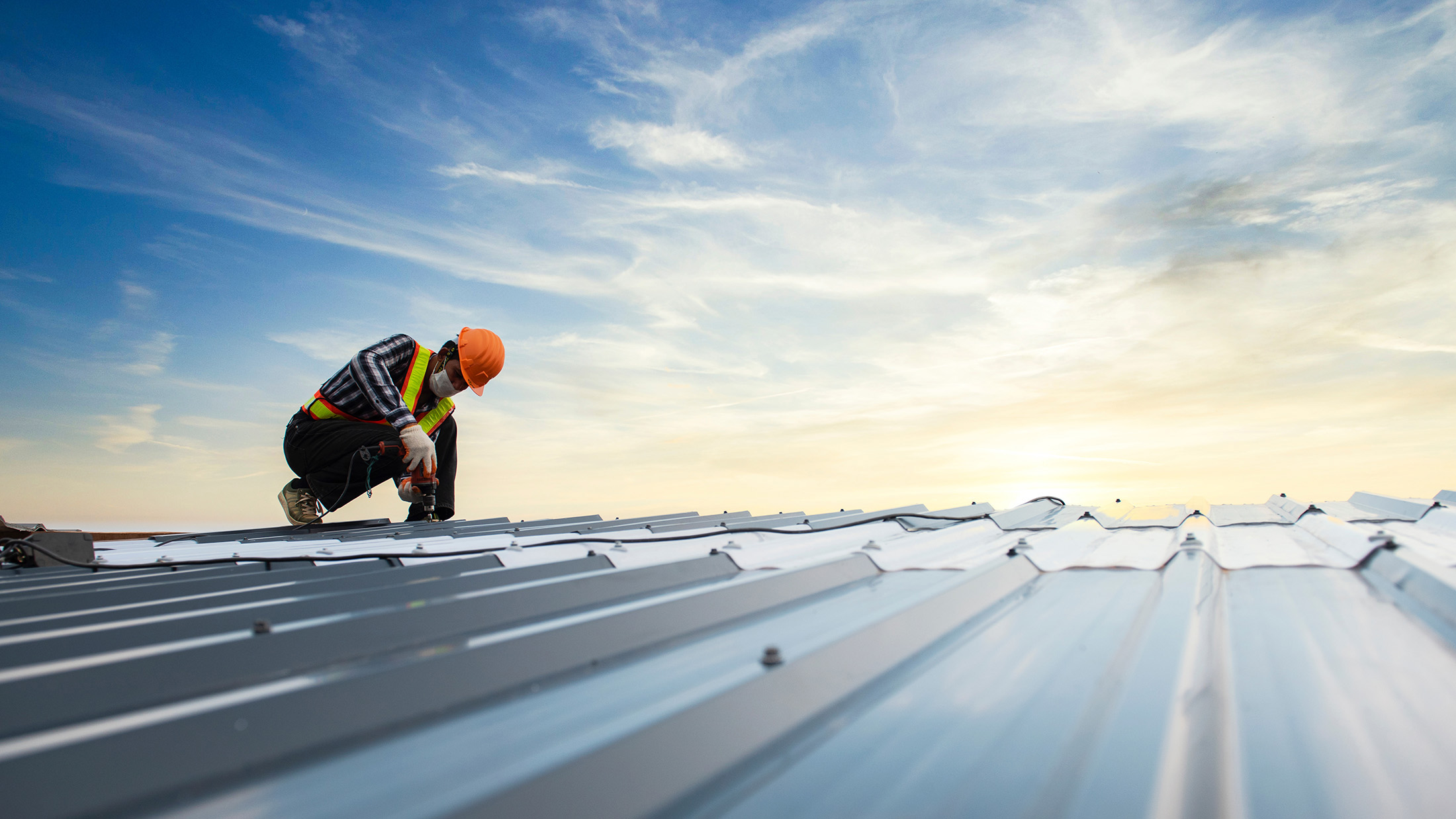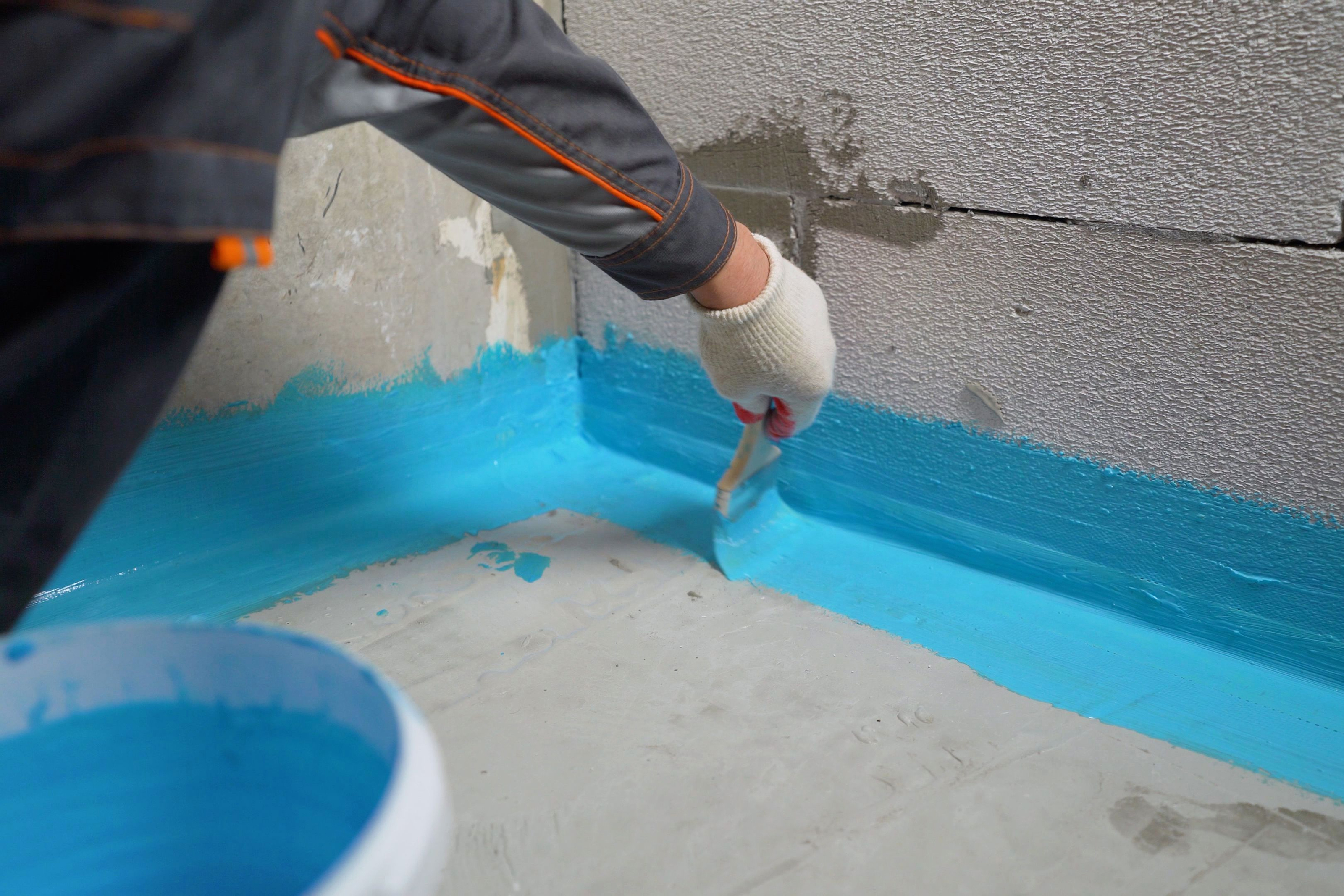Water Solutions That Last: Omaha’s Most Effective Systems
Wiki Article
How Waterproofing Works: An In-depth Take A Look At Strategies and Technologies
Waterproofing is crucial for securing structures from moisture-related damage. It entails numerous strategies and modern technologies that develop barriers versus water breach. Traditional methods, such as compacted clay, coexist with modern innovations like liquid-applied membranes. Understanding the nuances of these methods is crucial for efficient application. Nevertheless, the efficiency of any type of waterproofing option hinges not only on the strategies made use of however additionally on recurring upkeep and examination. What are the key elements that affect lasting performance?Comprehending the Basics of Waterproofing
Waterproofing is an important procedure that safeguards frameworks from water breach, which can bring about substantial damage with time. This technique involves the application of various materials and strategies made to create a barrier against dampness. The key objective is to avoid water from permeating surfaces, which can cause damage, mold development, and architectural instability.Various aspects influence the option of waterproofing method, including the kind of structure, its place, and environmental problems. Recognizing the physics of water motion and the buildings of different products is critical in choosing an effective waterproofing solution.Effective waterproofing not just safeguards buildings yet additionally boosts their long life and integrity. Normally, it is incorporated into the layout phase of building and construction to ensure comprehensive security. As understanding of water-related problems expands, the value of comprehending waterproofing basics becomes significantly clear to designers, builders, and homeowner alike.Standard Waterproofing Approaches
Typical waterproofing methods have been utilized for centuries, counting on tried and true methods and products to secure frameworks from water damages. One of the earliest methods entails making use of clay, which, when compacted, creates an all-natural barrier against dampness. Furthermore, bitumen, a sticky, black product obtained from petroleum, has been utilized for its waterproof residential or commercial properties, often put on roof coverings and foundations.Another technique includes the application of lime-based plasters, which offer a breathable layer that allows moisture to escape while protecting against water ingress. Thatch roof covering, a standard technique still seen in some societies, uses outstanding waterproofing due to its snugly packed straw layers.Moreover, the usage of stone and brick has actually been popular, as these materials are naturally resistant to water when effectively installed. On the whole, traditional waterproofing techniques stress the significance of selecting ideal products and construction techniques to improve toughness versus water breach.Modern Waterproofing Technologies
Innovations in modern-day waterproofing innovations have changed the means frameworks are protected from water damages. Innovative strategies such as liquid-applied membranes and innovative sealants have actually enhanced the efficiency and convenience of waterproofing solutions. These technologies enable for smooth application, reducing the threat of leakages and guaranteeing complete insurance coverage over intricate surfaces.Moreover, the combination of clever technologies, such as wetness sensing units and automated monitoring systems, allows real-time assessment of waterproofing efficiency. This positive method promotes prompt maintenance and lowers lasting repair work costs.Additionally, developments in spray-applied finishes supply fast application and superb adhesion, adapting to numerous substratums while supplying durable security. Techniques like polymer-modified systems further boost adaptability and longevity, making them ideal for diverse atmospheres. Generally, contemporary waterproofing modern technologies not just alleviate water intrusion yet also add to the durability and sustainability of frameworks, noting a considerable change in the industry.Products Used in Waterproofing
The performance of waterproofing services greatly depends on the materials made use of in their application. Different materials are employed to create barriers against water access, each with unique residential properties matched for various environments. Generally made use of materials include membranes, finishes, and sealants.Liquid-applied membranes, frequently check my reference made from polyurethane or acrylic, form a seamless obstacle that adapts to intricate surface areas. Sheet membranes, generally constructed from rubber or polycarbonate, deal toughness and are suitable for larger locations. Additionally, cementitious waterproofing products, composed of cementitious compounds, offer exceptional attachment and flexibility.Sealants made from silicone or polyurethane are crucial for joints and joints, guaranteeing comprehensive security. Innovative materials, such as geo-composite membrane layers, integrate multiple functions, enhancing efficiency. In general, the choice of waterproofing products is essential in achieving lasting and reliable water resistance, tailored to specific job requirements and environmental conditions.
Usual Applications of Waterproofing
Waterproofing plays a crucial function in numerous industries, making sure the durability and integrity of frameworks. Common applications consist of domestic remedies that secure homes, industrial facilities that safeguards services, and commercial setups that call for robust defense against moisture. Recognizing these applications highlights the significance of waterproofing in preserving both security and capability across various atmospheres.Residential Waterproofing Solutions
Many homeowners encounter challenges with wetness intrusion, making reliable property waterproofing solutions crucial. Numerous approaches exist to resolve this issue, including interior and exterior waterproofing systems. Inside solutions commonly entail the application of sealers and layers to cellar wall surfaces, which help avoid water seepage. Exterior methods generally consist of the installment of drainage systems and waterproof membranes that divert water away from the foundation.Additionally, property owners may consider sump pumps to get rid of water buildup and dehumidifiers to regulate moisture levels. Correct grading and using gutters additionally play a crucial role in managing water flow around the home. By executing these strategies, homeowners can considerably read this post here reduce the threat of water damages and mold development, ensuring a dry and risk-free living atmosphere.
Business Framework Security
Effective waterproofing services play a vital role in the defense of industrial facilities. Sump pump discharge drainage Omaha. These strategies are important for guarding structures, car park structures, and bridges from water damages, which can compromise structural integrity and cause pricey repair work. Common applications include the installation of membranes, finishes, and sealers that develop barriers versus dampness seepage. Areas such as cellars, roofings, and outside walls are typically prioritized to guarantee longevity and sturdiness. Furthermore, waterproofing systems can enhance energy performance by avoiding water-related problems that may lead to mold and mildew development and wear and tear. By applying robust waterproofing procedures, residential or commercial property owners can protect their financial investments and maintain functional performance, eventually adding to the overall sustainability of commercial centersIndustrial Applications Overview
While various sectors encounter one-of-a-kind obstacles, the Look At This demand for dependable waterproofing services remains a continuous in commercial applications. Industries such as production, construction, and energy commonly experience settings where moisture direct exposure can threaten structural stability and operational performance. In making facilities, waterproofing is vital for shielding equipment and materials from water damage. In construction, it safeguards foundations and basements against groundwater infiltration. The energy industry depends on waterproofing for the defense of tools in hydroelectric plants and offshore structures. In addition, food handling sectors use waterproofing to ensure health and conformity with safety and security requirements. Overall, efficient waterproofing remedies are crucial for boosting resilience, safety and security, and productivity throughout different commercial setups.
Upkeep and Long Life of Waterproofing Solutions
Waterproofing options are designed to use long-term defense against dampness intrusion, normal maintenance is necessary to guarantee their efficiency and long life. Regular evaluations play a significant function in identifying prospective concerns such as splits, peeling, or indicators of water damage. Attending to these troubles quickly can stop more wear and tear and expensive repairs.Additionally, cleansing the surface of waterproofed areas assists get rid of dirt and particles that might compromise the integrity of the waterproofing obstacle. It's additionally advisable to reapply safety finishes or sealants as advised by makers to preserve suitable efficiency. Ecological elements, such as UV direct exposure and severe weather, can influence the life-span of waterproofing materials, making routine assessment vitalRegularly Asked Concerns
Can Waterproofing Be Applied in Cold Climate?
The concern of applying waterproofing in cool weather condition elevates issues regarding adhesion and curing. Many products might not execute at their finest in reduced temperatures, necessitating mindful selection and factor to consider of details standards for effective application.How Much Time Does Waterproofing Normally Last?
The period of waterproofing efficiency differs based upon products and ecological factors. Typically, it can last from five to ten years, but regular maintenance and assessments are necessary to guarantee peak performance and longevity.Is Do It Yourself Waterproofing Effective and Safe?
The performance and safety and security of do it yourself waterproofing rely on numerous factors, including worldly top quality and application strategy. While some people achieve adequate results, others might experience issues that endanger long-term security and structural honesty.What Are the Indications of Failing Waterproofing?
Signs of failing waterproofing consist of visible water stains, peeling off paint, mold growth, mildewy odors, and wetness in walls or ceilings - Basement waterproofing Omaha. These indications recommend endangered obstacles, requiring timely evaluation and prospective remediation to stop further damagesExactly how Do I Choose the Right Waterproofing Service Provider?

Report this wiki page